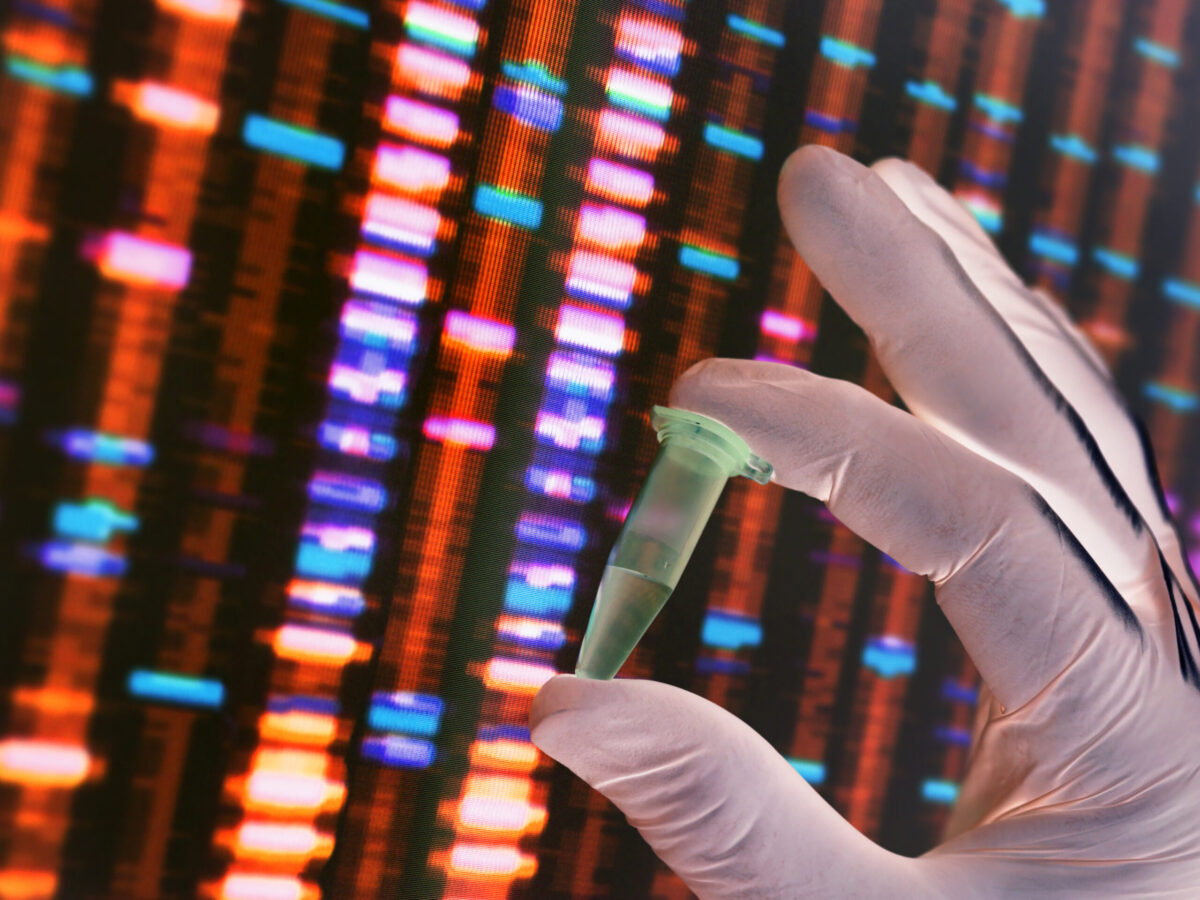Using 3-D printing, researchers at the University of Minnesota have developed a silicone-based device capable of acting as a scaffold for nerve cells to treat patients who have suffered a spinal cord injury. The details of this device were published in the journal Advanced Functional Materials.
“This is the first time anyone has been able to directly 3-D print neuronal stem cells derived from adult human cells on a 3-D printed guide and have the cells differentiate into active nerve cells in the lab,” said Dr. Michael McAlpine, a co-author of the study and University of Minnesota Benjamin Mayhugh Associate Professor of Mechanical Engineering in the University’s College of Science and Engineering.
After creating the 3-D printed scaffold, McAlpine and his team 3-D printed nerves cells onto the device. The scaffold supports the growth and development of the neuronal stem cells which can then be implanted into the site of injury on the spinal cord.
“This is a very exciting first step in developing a treatment to help people with spinal cord injuries,” said Dr. Ann Parr, a co-author of the study and University of Minnesota Medical School Assistant Professor in the Department of Neurosurgery and Stem Cell Institute. “Currently, there aren’t any good, precise treatments for those with long-term spinal cord injuries.”
If the device works – which has yet to be tested – they could allow a patient’s functioning nerve cells to make connections with the stem cells on the scaffold. Not only would this type of treatment help patients reduce their pain, but it could also potentially restore some muscle function, particularly when it comes to bowel and bladder control.
“Everything came together at the right time,” said Parr. “We were able to use the latest cell bioengineering techniques developed in just the last few years and combine that with cutting-edge 3-D printing techniques.”
One of the benefits of this technology is the ability to take differentiated adult cells and engineer them to become neuronal stem cells. In this way, a patient’s skin cells can be collected as a source of the stem cells, thereby reducing the risk of rejection once the 3-D printed scaffold is implanted.
“3-D printing such delicate cells was very difficult,” said McAlpine. “The hard part is keeping the cells happy and alive. We tested several different recipes in the printing process. The fact that we were able to keep about 75 percent of the cells alive during the 3-D printing process and then have them turn into healthy neurons is pretty amazing.”
It’s estimated that 17,000 new spinal cord injuries occur each year, with about 285,000 people already living with pain and loss of muscle function. If the researchers can show that the cell-containing scaffold can improve physical ability in patients who have suffered a spinal cord injury, this technique could emerge as a game-changer in the field of regenerative medicine.
“We’ve found that relaying any signals across the injury could improve functions for the patients,” said Parr. “There’s a perception that people with spinal cord injuries will only be happy if they can walk again. In reality, most want simple things like bladder control or to be able to stop uncontrollable movements of their legs. These simple improvements in function could greatly improve their lives.”












Join or login to leave a comment
JOIN LOGIN